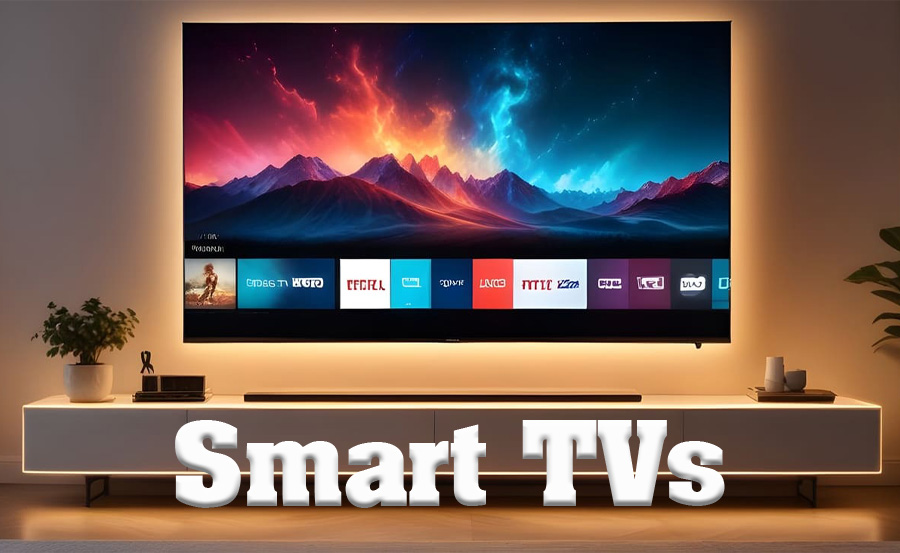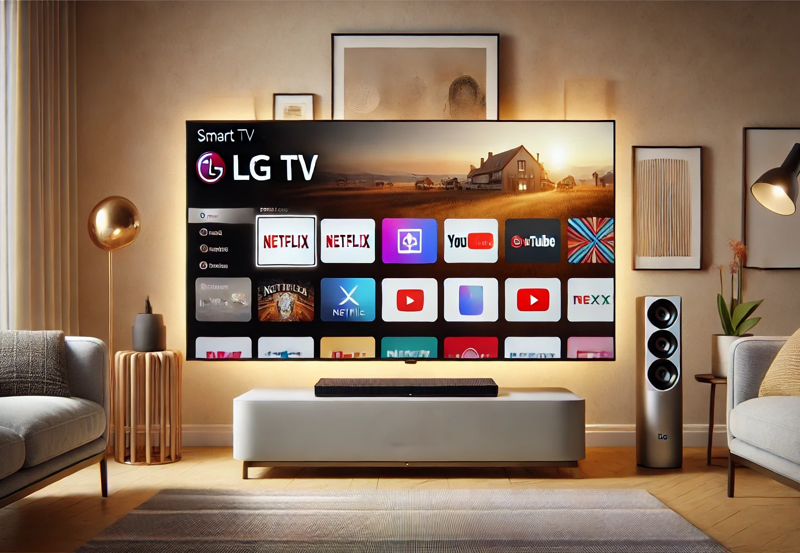In today’s digital age, IPTV (Internet Protocol Television) has revolutionized the way we consume television content. Offering a wide range of live TV channels, video on demand (VOD), and even exclusive international content, IPTV is a more flexible and cost-effective alternative to traditional cable or satellite TV. If you own a Smart TV, you’re in luck—setting up IPTV on a Smart TV is a relatively simple and straightforward process. This guide will walk you through everything you need to know to get started with IPTV on your Smart TV.
Buy 3 Months IPTV Subscription Now
What Is IPTV and How Does It Work?
Before diving into the setup process, it’s important to understand what IPTV is and how it operates. Unlike traditional television, which relies on satellite or cable transmissions, IPTV delivers TV programs via the internet. IPTV services use internet protocols to transmit data, allowing you to stream live channels and VOD content directly to your Smart TV. The content is delivered via an M3U playlist or a dedicated IPTV app, providing you with a seamless, on-demand viewing experience.
Step-by-Step Guide to Setting Up IPTV on Smart TVs
To start streaming IPTV on your Smart TV, follow these easy steps:
Step 1: Choose a Reliable IPTV Provider
The first and most crucial step is choosing a reliable IPTV provider. There are numerous providers in the market, each offering different subscription packages and channel lists. Be sure to choose one that aligns with your needs, including the type of channels you want and the quality of service (HD, 4K). Additionally, ensure that the provider supports Smart TVs, as some only work with set-top boxes or mobile devices.
Step 2: Download an IPTV App
Smart TVs come with pre-installed app stores (e.g., Google Play Store, Samsung Smart Hub, LG Content Store), where you can download IPTV apps. The most popular IPTV apps for Smart TVs include:
- Smart IPTV (SIPTV): One of the most widely used apps for IPTV on Smart TVs. It allows you to upload your M3U playlist and access your channels easily.
- TiviMate: A powerful IPTV app with a user-friendly interface, offering features like EPG (Electronic Program Guide) support, multiple playlists, and catch-up TV.
- IPTV Smarters: A popular app known for its simplicity and compatibility with multiple IPTV services.
Step 3: Install the App
Once you’ve chosen the right app for your needs, go ahead and install it on your Smart TV. This process is similar to installing any other app on your TV:
- Open the app store on your Smart TV.
- Search for the IPTV app you selected.
- Download and install the app on your Smart TV.
Step 4: Obtain Your M3U Playlist or Xtream Codes
To watch IPTV, you’ll need an M3U playlist or Xtream Codes, which are provided by your IPTV service provider. The M3U playlist is essentially a file that contains all the streaming links to the channels and VOD content offered by the provider. Xtream Codes, on the other hand, offer a more simplified and secure method for accessing IPTV content, especially on apps like IPTV Smarters.Firestick vs Other Streaming Devices: Best for IPTV?
You can obtain your M3U playlist or Xtream Codes from your provider’s dashboard or by contacting their customer service.
Step 5: Load the M3U Playlist or Xtream Codes into the App
After installing the app and getting your M3U playlist or Xtream Codes, the next step is loading it into the IPTV app:
- Open the IPTV app you installed on your Smart TV.
- Navigate to the settings or playlist section of the app.
- Choose “Add Playlist” or “Load Playlist,” depending on the app.
- Paste your M3U playlist URL or enter your Xtream Codes.
Once the playlist is loaded, the app will automatically populate with the channels and content from your IPTV provider.
Step 6: Customize the Settings
Many IPTV apps allow you to customize the settings to enhance your viewing experience. For example, you can set up an EPG (Electronic Program Guide) to view the schedules of your favorite shows or activate features like parental controls, video recording, or time-shifted viewing.
Check the app’s settings menu and make adjustments based on your preferences. If your app supports different video quality settings (SD, HD, or 4K), be sure to choose one that matches your internet speed to avoid buffering issues.
Troubleshooting Common IPTV Issues on Smart TVs
While IPTV generally works smoothly, you may occasionally encounter issues like buffering, channels not loading, or the app freezing. Here are a few troubleshooting tips:
- Buffering Issues: Ensure that your internet connection is stable and fast enough for streaming. For HD or 4K content, you’ll need at least 15–20 Mbps.
- App Freezing: If the IPTV app crashes or freezes, restart your Smart TV and try reloading the app.
- Channel Playback Issues: Double-check that the M3U playlist URL or Xtream Codes you entered are correct and up-to-date.iPlay TV vs. Other IPTV Apps: Which One is Best?
Why IPTV on Smart TVs is a Game-Changer
Using IPTV on a Smart TV has revolutionized the way we access entertainment. No longer restricted by traditional broadcasting schedules, viewers can now access thousands of live channels, on-demand content, and international programming at their convenience. IPTV also eliminates the need for bulky satellite dishes or costly cable subscriptions. As long as you have a stable internet connection and a compatible Smart TV, IPTV delivers seamless, high-quality entertainment directly to your screen.
Conclusion
Setting up IPTV on your Smart TV is a straightforward process that opens up a world of content at your fingertips. From live TV and VOD to international channels, IPTV offers flexibility and customization options that traditional TV services simply can’t match. By following the steps outlined in this guide, you’ll be able to enjoy a high-quality IPTV experience in no time, ensuring that you never miss out on your favorite shows or sports events.
Whether you’re using Smart IPTV, TiviMate, or IPTV Smarters, setting up IPTV on your Smart TV is an easy and cost-effective way to access an endless library of content without the need for additional hardware.





